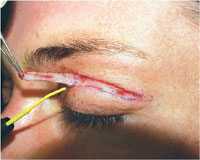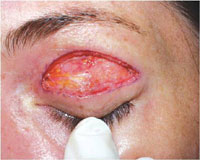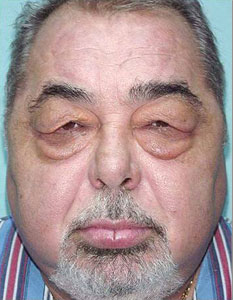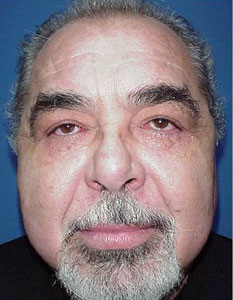Careful discussions regarding your reasons for wanting treatment are very important before you begin the treatment. You must also make sure that this treatment can deliver what you want and how you would like to look afterwards. Your practitioner should be able to answer all these questions.
A medical history should also be taken to make sure that there are no reasons why you shouldn’t undertake treatment. You may be asked to read detailed information and sign a consent form which means that you have understood the potential benefits and risks associated with the procedure.
Photographs may also be taken by the practitioner for a "before and after" comparison at a later date.
Procedure
Radiofrequency surgery involves the passage of radio waves (frequency of 1.5 to 4.5 MHz) into the skin to perform removal or reshaping of a lesion. The commonest frequency used is 4 MHz.
The radio waves are generated by a radiosurgery unit, which creates a very high-frequency radio wave. The radio-surgical unit consists of an electrode, a ground plate and a transformer.
The ground plate or antenna is plastic coated and is usually placed under the patient. The “patient electrode” looks like a small loop and is held by the operating surgeon during the procedure. Different types of electrodes are used depending on the type of lesion e.g. fine needle electrode, wire loop electrode, scalpel blade electrode etc.
The lesion should be touched with the tip of the electrode. It generates very little heat as compared to conventional electro-cautery. This results in negligible collateral damage, resulting in faster healing and minimal scarring. The radiowaves travel from an electrode tip to the lesion and return to the unit through the ground plate. When radio energy passes between the ground plate and the patient electrode, it is concentrated at the electrode end, resulting in the release of energy, which produces steam within the cells, thus vapourising them and dividing the tissues. This occurs because of heat produced by the tissue resistance to the passage of a high-frequency wave. The heat makes the intracellular water boil and thereby increases the cell inner pressure to the point of breaking it from the inside to the outside. This phenomenon is called a cellular volatilisation.
Unlike with electrocautery, the electrode remains cold and no electrical contact needs to be made between the patient and the ground plate.
Many studies have demonstrated significant advantages to the use of electrosurgical incision, including shorter operating time, reduced postoperative pain, and sealing of lymphatics during excision of malignant tumours.

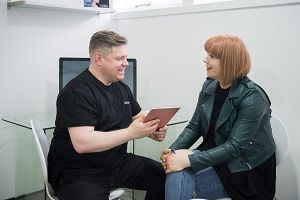


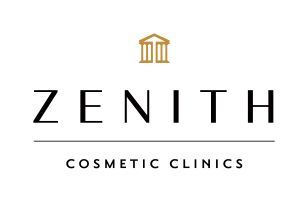

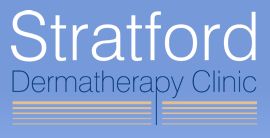



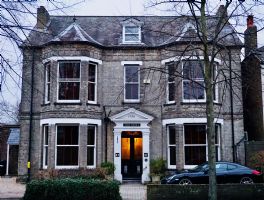
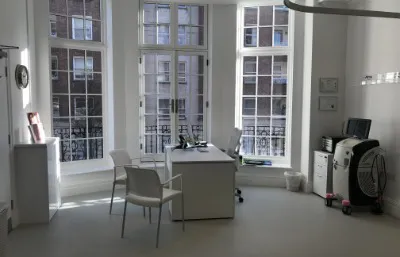
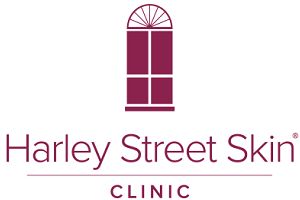
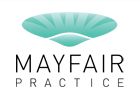

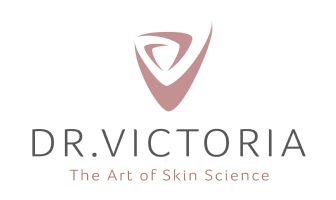
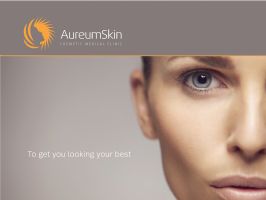
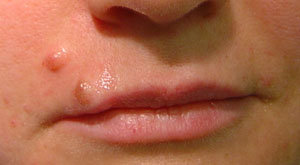
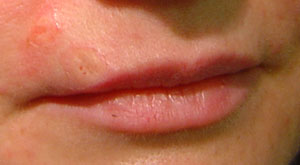
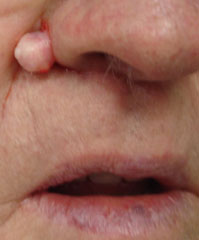
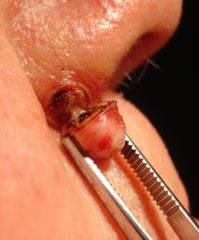
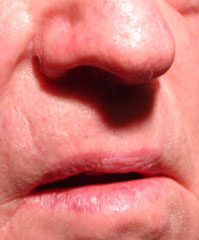
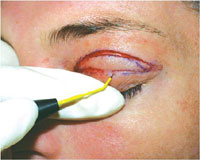 >
>